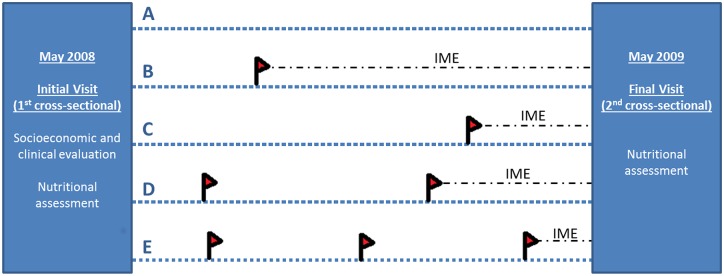Fig 1. Study design illustrating five possible different patients.

Initially a first visit was performed in which demographic and socioeconomic data was obtained and patients were submitted to a comprehensive clinical and nutritional assessment as well as microscopy examination of a blood sample (by thick smear?) for malaria infection detection. Patients were then followed for one year in which passive case detection for malaria episodes was performed in case of fever. At the end of the follow-up period patients were submitted to a final nutritional assessment. Illustrative scheme of possible patients (A-E) A Patient with no malaria episodes during follow-up (A); Patient with a single malaria episode occurring during the first semester of follow-up (B); Patient with a single malaria episode in the final stages of follow-up (C); Patient with two malaria episodes (D); Patient with three diagnosed malaria episodes (E). Red flag illustrating malaria episodes; IME—interval between the last malaria episode diagnosed during the follow-up period and the fnal visit assessment.
